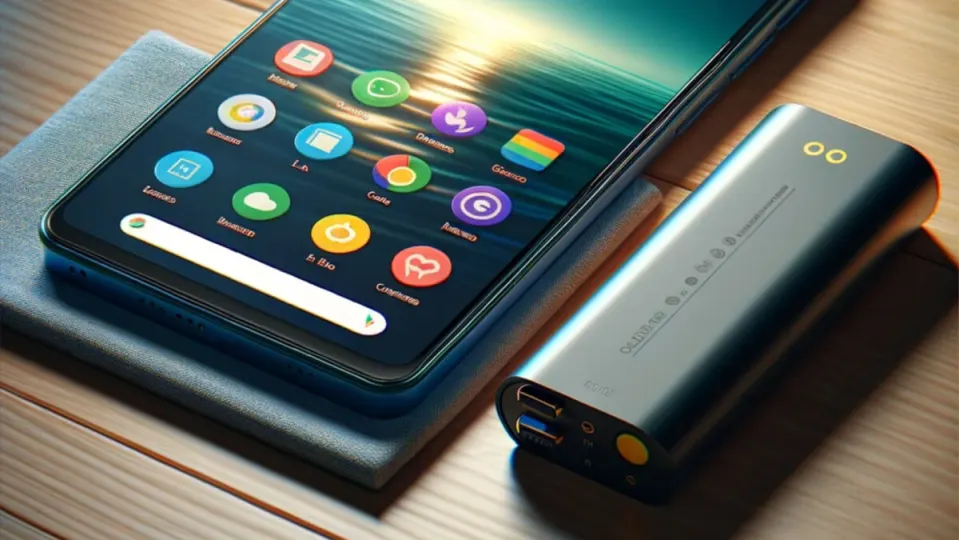In the last decade, smartphones have evolved from being mere communication devices to becoming the nerve centers of our digital lives. These advancements have brought about an exponential increase in energy demand, pushing the limits of current batteries. But, why do these devices require so much battery power nowadays?
Pushing the limits of a technology we rely on every day
First, it is essential to consider the power of the chips they house. Smartphone processors are true engineering marvels, capable of performing billions of operations per second. This power allows devices to run complex applications, high-definition games, and manage multiple tasks simultaneously. However, such power comes at a price: considerable energy consumption.
Cameras are another aspect that contributes to battery consumption. Improvements in the quality and functionality of smartphone cameras involve higher energy expenditure. Capturing high-resolution images and recording videos, especially in 4K or higher formats, require a large amount of resources and, therefore, a higher battery consumption.
Background processes and system services also play a crucial role in power consumption, and there are more and more of them. Email synchronization, background app updates, real-time notifications, and location services are just a few examples of processes that, although not always visible, are constantly draining the battery in a more or less optimized way.
To make matters worse, Artificial Intelligence has started to play a significant role in the functioning of smartphones. AIs consume a lot of energy, especially when it comes to processing large volumes of data in real-time or performing complex machine learning tasks. Apple, for example, has integrated the Neural Engine into its chips —and plans to improve it in the iPhone 16—, a dedicated component to enhance the efficiency of these tasks through hardware, but even so, energy consumption remains a major challenge.
Despite these challenges, it is remarkable how the battery life of smartphones has managed to stay the same or even slightly improve over the years, an example of this is the iPhone 15 Pro Max. And this achievement is even more notable when we consider that battery technology has hardly evolved at all. Yes, we have been able to change some designs, make them more compact, but we are still relying on the same chemical energy source as 30 years ago.
This is where balancing the arrival of new features and battery life comes into play. The industry continues to search for that ideal balance, where technological advances are not limited by battery capacity, although it is not always possible. Innovations such as solid-state batteries, fast charging, and software optimization are steps in the right direction, although the focus on performance per watt is something that could still be improved. In any case, the question persists: are we willing to compromise certain functionalities for greater autonomy or will we continue pushing the limits of energy technology to do as much as possible with our devices?


